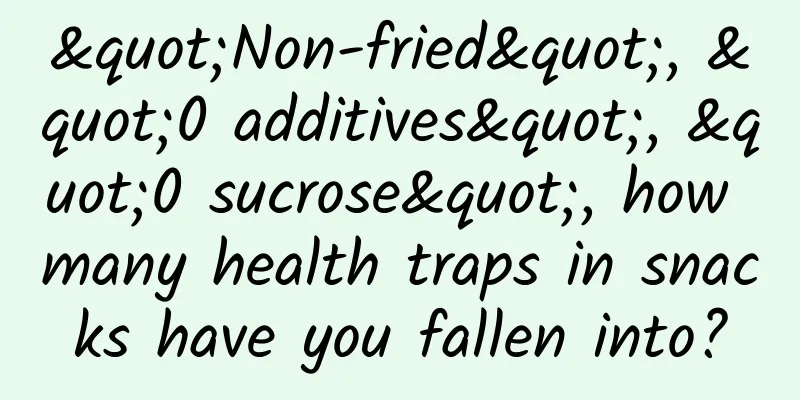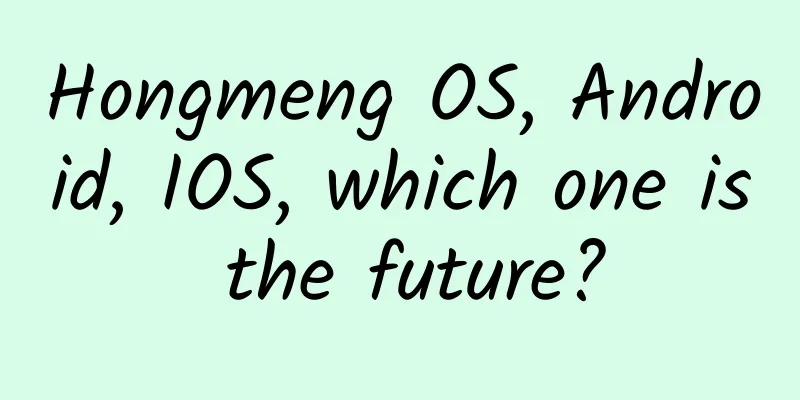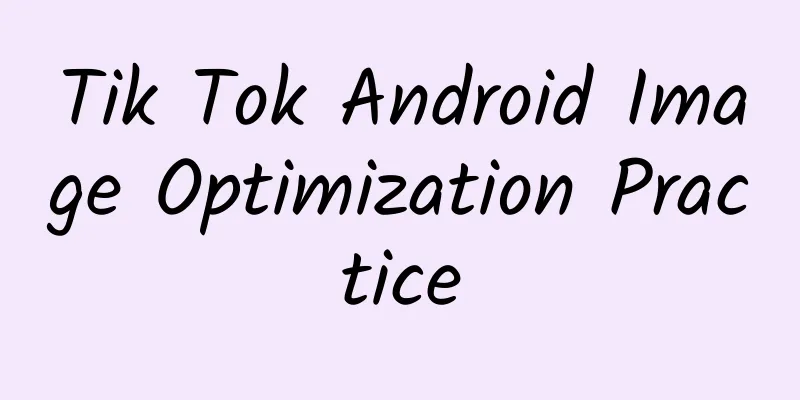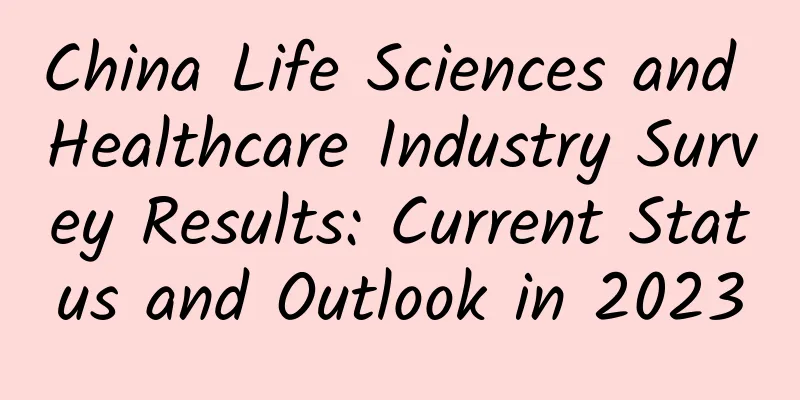"Non-fried", "0 additives", "0 sucrose", how many health traps in snacks have you fallen into?

|
After get off work in the evening, my good friend Xiao Shuai came to me to go shopping. He said that a nearby supermarket was having a big sale and wanted me to accompany him to buy some healthy snacks for the weekend. After entering the supermarket, Xiao Shuai specifically looked for snacks with words like "non-fried", "0 sucrose", and "0 additives" written on the packaging. As he picked them up, he showed off to me, "Great nutritionist, these snacks I picked up today must be healthy, they meet the nutritional and health standards!" Looking at the various "healthy snacks" in Xiaoshuai's cart, I responded slowly and unhurriedly with something that made him upset: "What you picked this time is really great. Congratulations on successfully falling into the pseudo-health trap set by the merchant." "Pseudo-healthy" snacks, as the name suggests, are snacks that are disguised as healthy foods but are actually unhealthy. These "pseudo-healthy" snacks are actually everywhere in our lives, and the common disguises are those seemingly healthy labels such as "non-fried", "0 sucrose", "0 additives", etc. Why are these labels disguised? Let’s take a closer look. 01Is “non-fried” really healthier? One of the healthy living standards is to reduce unnecessary fat intake, which is often referred to as eating less oil. Fried foods often bring in a lot of fat during the cooking process and may produce carcinogens such as polycyclic aromatic hydrocarbons. Therefore, in the eyes of nutritionists, fried foods have always been unhealthy foods that are not encouraged to be eaten more. Since deep-frying is unhealthy, then wouldn’t “non-fried” be a good way to cater to health demands? Hold on bro, there is a saying that goes “analyze specific issues with specific solutions”, let’s put it into practice. First of all, what are the common fried snacks on the market? Most people can think of puffed foods such as potato chips, and potato chips that are supposed to be fried foods but are labeled "non-fried" are also the most common. The conventional potato chip production process generally includes three steps: washing, slicing, frying, and seasoning. Non-sliced potato chips replace slicing with shaping. The three words "non-fried" are easily understood as "no oil is used", but the real meaning is "I just don't fry it in a frying pan, but I still use a lot of oil". The specific process is to continuously spray edible oil on the potato chips in a high-temperature baking environment to make them puffed. Image source: Pixabay The health risks of deep-frying are "high oil" and "high temperature", while the non-frying process also has "high oil" and "high temperature". Although the overall oil consumption may be a little less, combined with the subsequent seasoning process, it still cannot change the characteristics of potato chips themselves, which are "high fat" and "high sodium". If you think that "non-frying" is healthier and eat potato chips crazily, then you have fallen into the trap. 02 0Sucrose ≠ sugar-free! Although there is no wife in "wife cake" and no husband and wife in "fuqifeipian", snacks labeled "0 sucrose" often contain real sugar. This is because "0 sucrose" and "0 sugar" are two completely different concepts. According to the national standard GB28050, if the sugar content of a food is less than 0.5g per 100g (100mL), it can be declared "sugar-free". Generally speaking, snacks labeled "sugar-free" are still very healthy from the perspective of controlling free sugars. But many businesses’ products are actually not sugar-free, because if they are really sugar-free, it will directly lead to a very serious consequence - unpalatable, unpalatable = difficult to sell, difficult to sell = no money. So businesses have come up with a fake label: "0 sucrose". Image source: Pixabay 0 sucrose, as the name suggests, as long as the ingredient list does not contain sucrose, it will be fine. But if you don't put sucrose, you can put glucose and fructose. Like sucrose, these are free sugars. From the perspective of sugar control, they are "controlled, but not controlled". The actual calorie intake is not reduced at all, and the blood sugar level is also increased. So is it safe to choose "0 sugar"? Not necessarily. The mainstream products on the market that are labeled "0 sugar" but are actually sweet all use sugar substitutes, such as sucralose, xylitol, stevia, etc. Even "saccharin" from the 1980s and 1990s is actually a sugar substitute. The main feature of sugar substitutes is sweetness. They can replace free sugars such as sucrose and glucose. The sweetness is generally several times or even thousands of times that of sucrose. Therefore, a small amount can bring a good sweetness experience. However, even if you use 0-calorie sugar substitutes, it is not recommended to eat too much of them. According to current research, although sugar substitutes do not have an energy burden, if you consume too much "sweet food" in your diet, it will still easily lead to diabetes or cardiovascular problems. So when it comes to sugar, don't overdo it on any kind of sugar. Make your tongue less sweet, and you'll make your life sweeter. 03 “0 Additives” is actually a marketing trick In order to buy healthier food, more and more consumers will prefer to buy food that claims to have “0 additives”. However, if you really want to be serious about the term “0 additives”, it is actually an illegal promotional term. Currently, all pre-packaged foods are mainly subject to several regulations, namely GB7718, GB28050, and GB2760. However, none of these national standards encourage the expression of "0 additives". Simply put, businesses can claim that they do not use/add certain substances when promoting their selling points, such as no sugar, no flavors, no preservatives, etc., but "0 additives" is a broad claim without practical meaning, and there are no clear regulations in laws and regulations on what constitutes a "0 additives" standard. So if you really care, you might as well take a closer look at the ingredient list when buying food, which is more realistic than just looking at the empty words "0 additives". After all, it is more believable to believe "I'll treat you to dinner next time" than "I'll treat you to dinner next Wednesday night". And when looking at the ingredient list, there is no need to resist the so-called "food additives" and other ingredients. The normal use of additives will only improve the quality of food and bring a more pleasant experience to the eater. Just like colorful cookies with edible pigments will make people more appetizing; orange soda with edible flavors can make us drink more happily. If you want additives to serve you better, you can pay more attention to the order of the ingredient list when choosing food. Because the ranking principle of the ingredient list is that the larger the amount, the higher the ranking, so you might as well pay more attention to whether the product you buy has ingredients that are not the main ingredients ranked at the top. For example, when buying yogurt, the main ingredients should be milk or milk powder, water, etc., but a variety of yogurts have sweetened condensed milk and cream in the third and fourth places respectively, which are obviously not ingredients that must be added to yogurt, so if you encounter such a yogurt, change it decisively. "So you see, you can't have this bag of potato chips, you can't have this bag of dried fruits, you can't have this bottle of drink..." I said as I put the snacks in Xiaoshuai's cart back to their original places one by one. After putting the last bag of snacks back, I said to Xiao Shuai, "Now that you've listened to my explanation, do you want to try to pick again? Let me see if you have really learned how to choose healthy snacks?" Unexpectedly, Xiao Shuai pushed the empty cart directly to the cashier, saying as he walked: "Forget it, no matter how healthy the snacks are, they are still snacks. Eating too much is not healthy. Instead of racking my brains to choose those 'healthy snacks', I might as well choose not to eat any snacks. This is not only healthier, but also helps to make my wallet fatter!" Source: Chongqing Science and Technology Museum Author: Sang Zili, member of Chinese Nutrition Society Review expert: Li Chunli Statement: Except for original content and special instructions, some pictures are from the Internet, for non-commercial purposes, and are only used as popular science materials. The copyright belongs to the original author. If there is any infringement, please contact us to delete it. |
<<: How does this magical building come with the “warm in winter and cool in summer buff”?
>>: The most powerful "poison king" in the snake world is not on land, but in...
Recommend
Super Dealer, helping one million young people who love learning to become rich in sales
Super Dealer, helping one million young people wh...
How can enterprises promote themselves well?
How can enterprises do a good job of promoting th...
The train to Shangri-La is coming! The Lixiang section of the Yunnan-Tibet Railway is about to open. What are the "check-in points" along the way?
It is reported that the Lijiang-Xiangjiang sectio...
There are more than 330,000 confirmed cases of COVID-19 worldwide, and the World Health Organization says the COVID-19 pandemic is spreading at an accelerated rate!
According to the People's Daily, on March 23r...
OPPO R7 Plus review: The enlarged "heartthrob" is even more beautiful
OPPO R7, known as the "heartthrob", is ...
You can quickly restore your energy in 10 minutes, and you can do it anytime and anywhere. If you don’t know this method, you will miss out.
If I don't take a nap, I'm afraid I'l...
Will artificial intelligence be the terminator of the fierce competition in cloud computing?
Recently, the well-known market research organiza...
Understand the advertising process in 2 minutes, from account opening to optimization!
Search promotion is a pay-per-performance online ...
What should you do to plan an event that will go viral on WeChat Moments?
How to create an event that will go viral on WeCh...
Case analysis: Xiaohongshu advertising strategy!
Founded in 2014, HEDONE is an emerging domestic b...
Practical tips | How to do marketing promotion on Douban
What I want to share with you today are some of m...
Will dogs turn into hot dogs in such a hot weather? No, but it is really dangerous
There are already many popular science reports te...
Kuaishou short video advertising platform gameplay + case introduction!
Kuaishou is a well-known short video application ...
It turns out that China has long been a "infrastructure maniac" - revealing the secrets of Baoxiadao
In "The Road to Shu", Li Bai used magni...
What is the experience of using a 64GB computer? It feels like it will take off
Since March 2016, due to the shortage of flash me...









